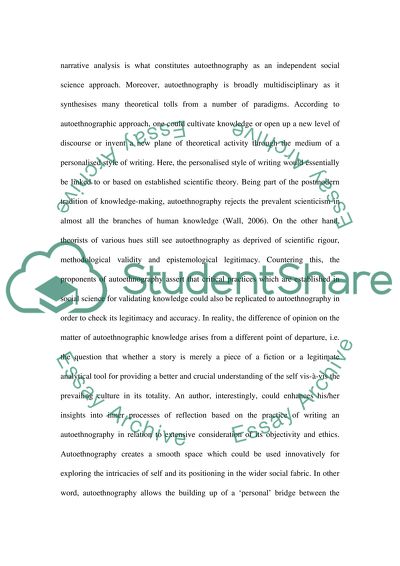Cite this document
(Autoethnography as a Method for Reflexive Research Term Paper, n.d.)
Autoethnography as a Method for Reflexive Research Term Paper. Retrieved from https://studentshare.org/psychology/1552625-autoethnography-as-a-method-for-reflexive-research
Autoethnography as a Method for Reflexive Research Term Paper. Retrieved from https://studentshare.org/psychology/1552625-autoethnography-as-a-method-for-reflexive-research
(Autoethnography As a Method for Reflexive Research Term Paper)
Autoethnography As a Method for Reflexive Research Term Paper. https://studentshare.org/psychology/1552625-autoethnography-as-a-method-for-reflexive-research.
Autoethnography As a Method for Reflexive Research Term Paper. https://studentshare.org/psychology/1552625-autoethnography-as-a-method-for-reflexive-research.
“Autoethnography As a Method for Reflexive Research Term Paper”, n.d. https://studentshare.org/psychology/1552625-autoethnography-as-a-method-for-reflexive-research.


